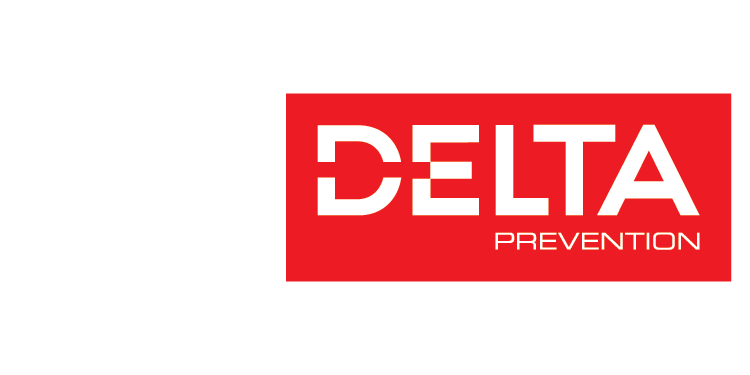The public transportation service was facing major safety issues on some of their rooftops. To ensure the protection of their crews, they called on the expertise of Delta Prevention and one of our Ontario distributor, SPI Health and Safety. It all began with a thorough roof inspection by a member of the SPI team. This essential step made it possible to precisely identify the needs in terms of securing at-risk areas. Thanks to this rigorous analysis and close collaboration, appropriate solutions were implemented to ensure optimum safety.
What’s involved in having an expert visit your roof?
It all starts with a request from an individual looking to secure their roof. Following this request, a rooftop safety expert may visit the site to conduct a comprehensive analysis. During this visit, the expert takes notes, photographs and identifies areas at risk that need to be secured. This is a crucial step, as it ensures that every area at risk is properly identified, while providing the customer with a clear vision of the scope of the project they are embarking on. Roof securing experts have in-depth knowledge of current standards, and their expertise is essential to avoid mistakes. If this visit is not carried out correctly or is neglected, certain areas could remain unprotected, simply because of a lack of knowledge of the standards. By benefiting from the expertise of our team and our distributors, the customer can be sure that the work will be carried out to the highest standards, guaranteeing the safety of workers, wherever they may be on the roof.
Fall Risk with Access Ladders
Access ladders to rooftops pose significant fall hazards, whether during entry or exit. Without proper protection, users must venture close to the roof’s edge, often with their back to the void, greatly increasing the danger. To address this issue, installing access ladder guardrails is essential. These systems provide protection on both sides of the ladder, ensuring complete safety for users.
Niagara Transit, aware of these risks, had several access ladders requiring proper safety measures. As a solution, seven 10-foot VSS Classic guardrail systems were installed, designed to complement ladders already equipped with protective cages or rungs to facilitate safe entry and exit.
Thanks to these installations, workers can now access the rooftops safely, protected on both sides at every ladder access point.
Many Other Elements to Secure
Access Hatch Representing a Fall Hazard
At Niagara Transit, access ladders are not the only means of reaching the rooftops. Two access hatches are also present, and their safety is equally critical. An open hatch poses a significant fall hazard. To address this, we recommended guardrail systems specifically designed for access hatches. These systems include a self-closing gate and a grab handle to facilitate safe entry and exit.
Mechanical Units Requiring Protection
In addition to securing access points, other elements on the rooftops required safety measures. Two mechanical units were surrounded by VSS Compact freestanding guardrails. These systems, covering 15- and 20-foot sections, ensure the safety of technicians during maintenance operations.
Skylights Not to Be Overlooked
Additionally, one of the roofs featured a walkway guiding movement across the surface. However, this path passed very close to two skylights, which represent an increased fall hazard, particularly in winter when snow can completely obscure them. These skylights were secured using weighted skylight guardrails. These systems clearly mark the skylights’ presence and protect workers moving near them.
Thanks to these installations, Niagara Transit now benefits from safe rooftops, allowing teams to work securely, regardless of the access point or area involved.
Conclusion
The case of Niagara Region Transit illustrates perfectly that securing a roof doesn’t always require the establishment of a complete perimeter. By identifying and securing only the areas at risk, it is entirely possible to make your roof safer for the people who travel and work on it. This targeted approach ensures optimum protection, while remaining effective and tailored to the specific needs of each roof.
